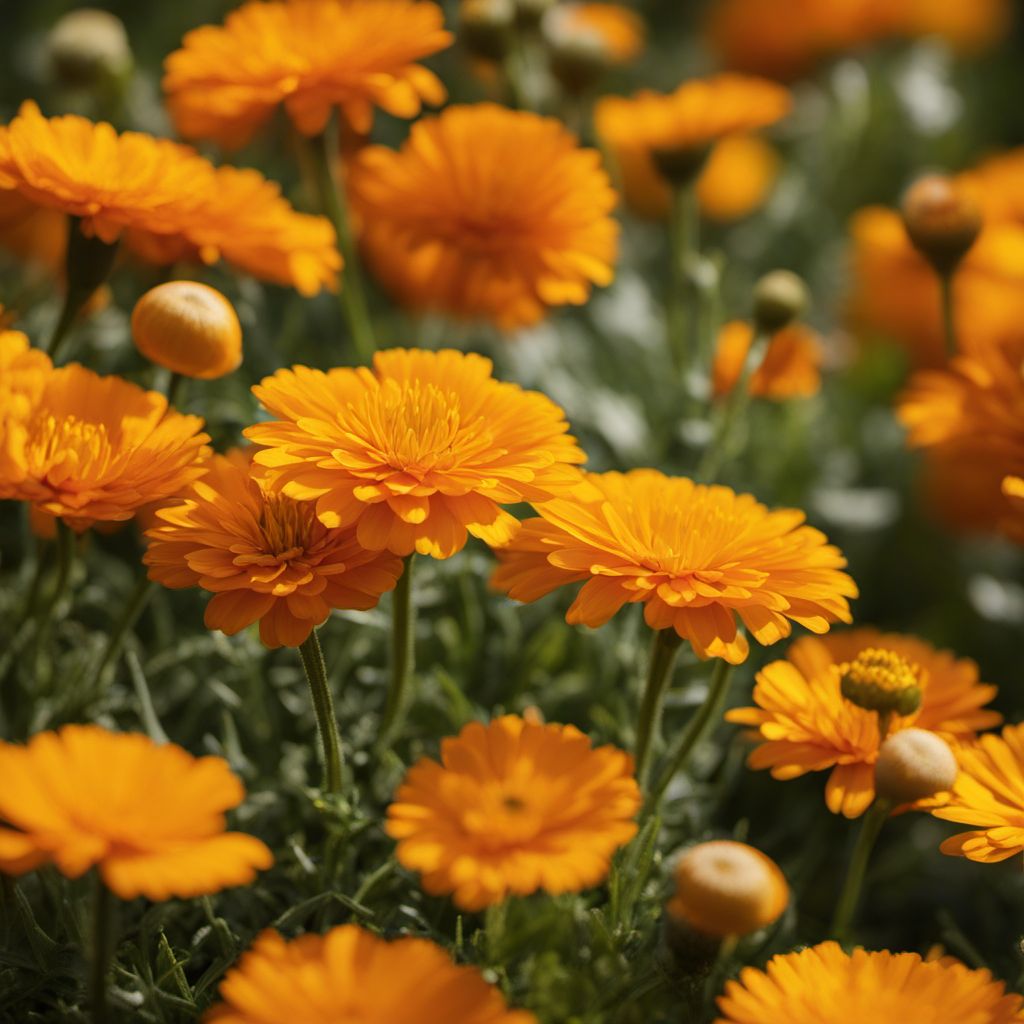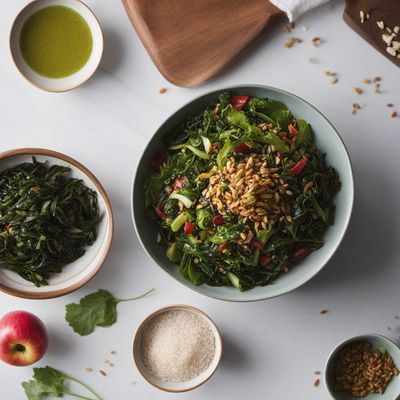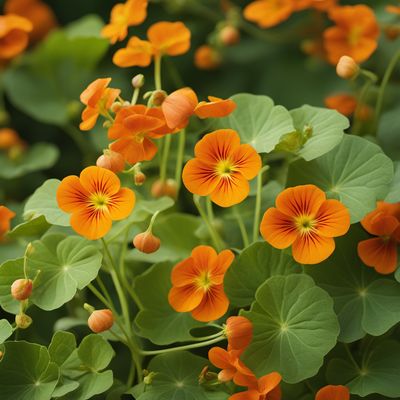
Ingredient
Pot marigold (edible flowers)
The Golden Delight
With its vibrant golden and orange petals, pot marigold is known for its slightly peppery and tangy taste, reminiscent of saffron. Its petals have a soft, velvety texture, while the leaves are slightly bitter and herbaceous. The flowers are often used as a garnish or infused in oils and vinegars.
Origins and history
Pot marigold has a rich history dating back to ancient times, where it was revered for its medicinal properties and used in various cultural practices. It has been cultivated in Europe, Asia, and the Mediterranean region for centuries, and its vibrant blooms have been used in traditional medicine, culinary arts, and even dye production.
Nutritional information
Pot marigold is a good source of antioxidants, vitamins A and C, and has anti-inflammatory properties. It is low in calories and contains beneficial compounds like flavonoids and carotenoids.
Allergens
There are no known allergens associated with pot marigold.
How to select
When selecting pot marigold, look for flowers with vibrant colors and petals that are free from blemishes or discoloration. Avoid wilted or dried flowers, as they may have lost their flavor and freshness.
Storage recommendations
To maintain the freshness of pot marigold, store the flowers in a sealed container or plastic bag in the refrigerator. They can stay fresh for up to a week. Alternatively, you can dry the petals and store them in an airtight container in a cool, dark place for several months.
How to produce
Pot marigold can be easily grown in home gardens or containers. It thrives in well-drained soil and requires full sun to partial shade. Sow the seeds directly in the soil or start them indoors and transplant them once the danger of frost has passed.
Preparation tips
Pot marigold petals can be used fresh or dried in salads, soups, stews, and teas. They can also be infused in oils or vinegars to add a subtle floral flavor to dressings and marinades. The leaves can be used as a substitute for saffron to add color to rice dishes or as a natural dye for fabrics.
Culinary uses
Pot marigold is commonly used in Mediterranean, Middle Eastern, and Indian cuisines. It is often found in dishes like salads, risottos, and desserts.
Availability
Pot marigold is widely available in Europe, Asia, and North America. It can be found in grocery stores, farmers markets, and specialty stores.
More ingredients from this category
Recipes using Pot marigold (edible flowers)

Tasmanian Wild Rice Salad with Seared Salmon
Tasmanian Delight: Wild Rice Salad with Tasmanian Seared Salmon

Native American-inspired Slow-cooked Pork Carnitas
Smoky Bison Carnitas: A Native American Twist on Slow-cooked Pork

Native American Goma Wakame Salad
Savory Seaweed Salad with Native American Flair

Traditional Seafood Paella
Mediterranean Delight: Seafood Paella Catalana

North Dakota Rice Salad
Harvest Delight Rice Salad

